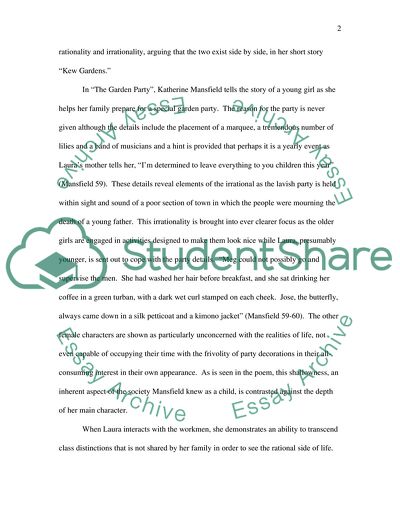Cite this document
(Rationality vs. Irrationality in The Garden Party by Katherine Essay, n.d.)
Rationality vs. Irrationality in The Garden Party by Katherine Essay. Retrieved from https://studentshare.org/literature/1714597-university-of-london-short-story-essay-in-mhra-style
Rationality vs. Irrationality in The Garden Party by Katherine Essay. Retrieved from https://studentshare.org/literature/1714597-university-of-london-short-story-essay-in-mhra-style
(Rationality Vs. Irrationality in The Garden Party by Katherine Essay)
Rationality Vs. Irrationality in The Garden Party by Katherine Essay. https://studentshare.org/literature/1714597-university-of-london-short-story-essay-in-mhra-style.
Rationality Vs. Irrationality in The Garden Party by Katherine Essay. https://studentshare.org/literature/1714597-university-of-london-short-story-essay-in-mhra-style.
“Rationality Vs. Irrationality in The Garden Party by Katherine Essay”, n.d. https://studentshare.org/literature/1714597-university-of-london-short-story-essay-in-mhra-style.


